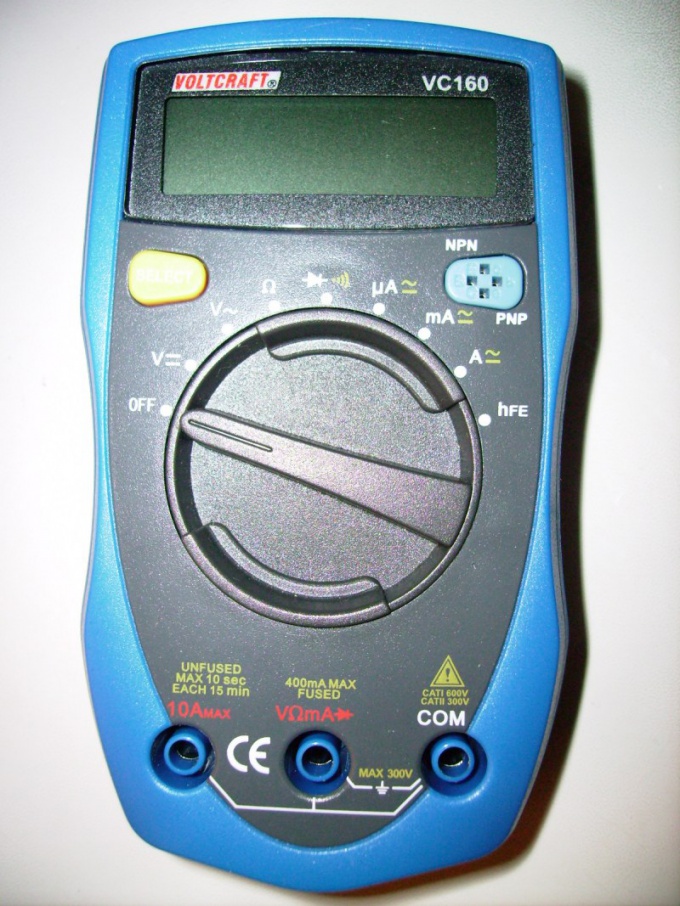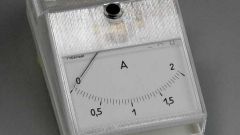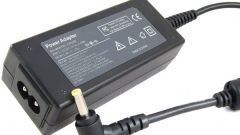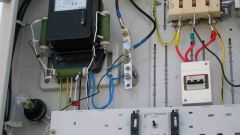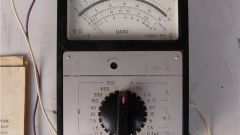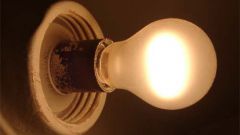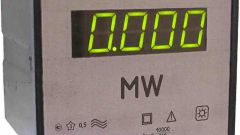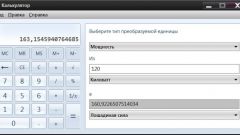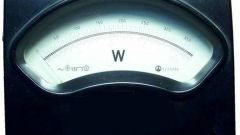Instruction
1
To translate the current of power is not possible if another unknown parameter is the voltage. If the latter are known, and in most cases this is so, use the following formula:
P=UI, where P is power (W), U - voltage (V), I is amperage (A).
P=UI, where P is power (W), U - voltage (V), I is amperage (A).
2
If the voltage is variable, use it current, not peak value. It is in most cases indicated. If it is specified amplitude value of voltage, which happens very rarely, turn it to current by dividing by the square root of two (approximately 1.41, which is enough for most practical calculations).
3
The power calculation result obtained in watts. In case you have value in kilowatts, divide it by a thousand.
4
Sometimes the inverse problem: to determine the current in the circuit, knowing the capacity and voltage to select plugs, sockets, machine, meter, etc. In this case, use the inverse formula:
I=P/U.
I=P/U.
5
If the power is expressed in kilowatts, previously ensure that it is in watts, multiply by a thousand. The voltage value is also a valid use.
6
In case, if the voltage is expressed in kilovoltAh to the value in volts by a trivial multiplication by a thousand is not always. Very often it is in this round. Remember, for example, that the common designation of 0.4 kV has two meanings. In Russia, it is 380 V, and in Europe - 400. However, most loads designed to operate in Europe, can operate at slightly reduced voltage and in Russia. The reverse compatibility cannot be guaranteed.
7
No matter which operations you have performed on the transfer current, power, or Vice versa, never overload no cables or any electrical installation. It threatens their overheating, failure and even fire.
